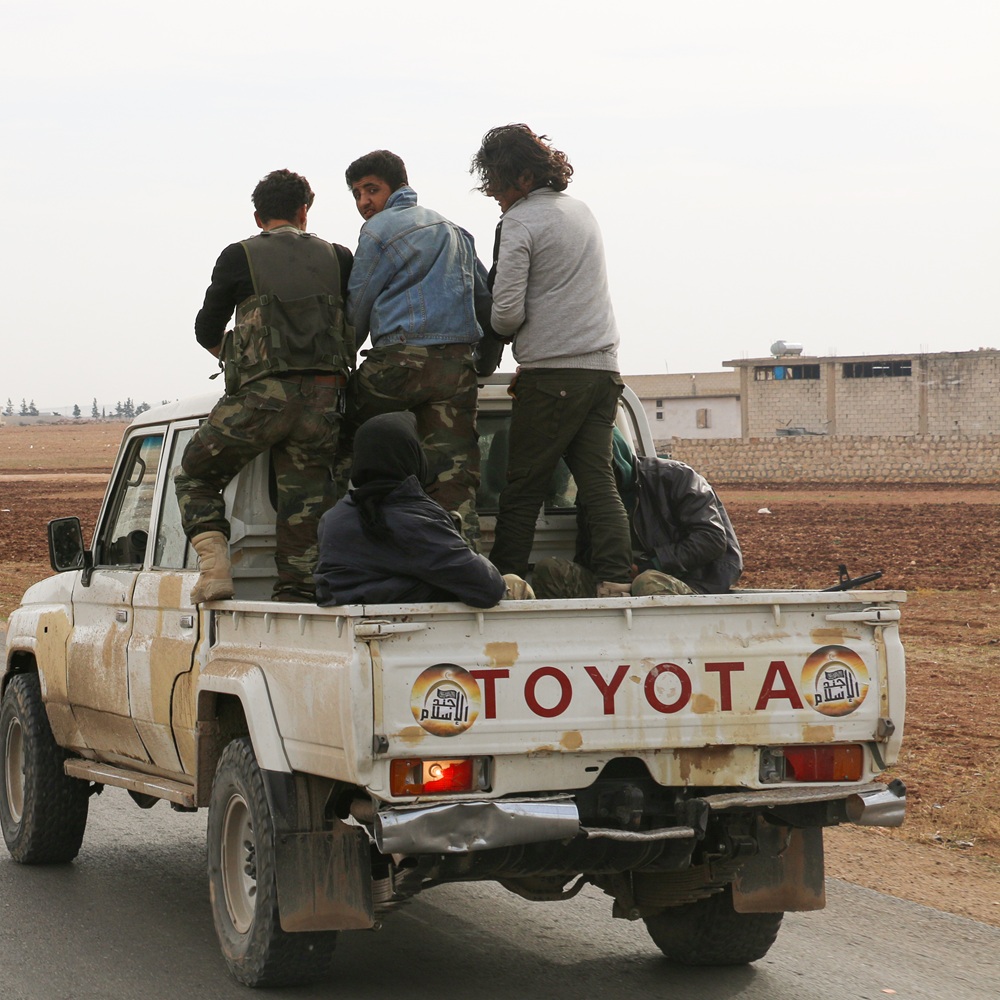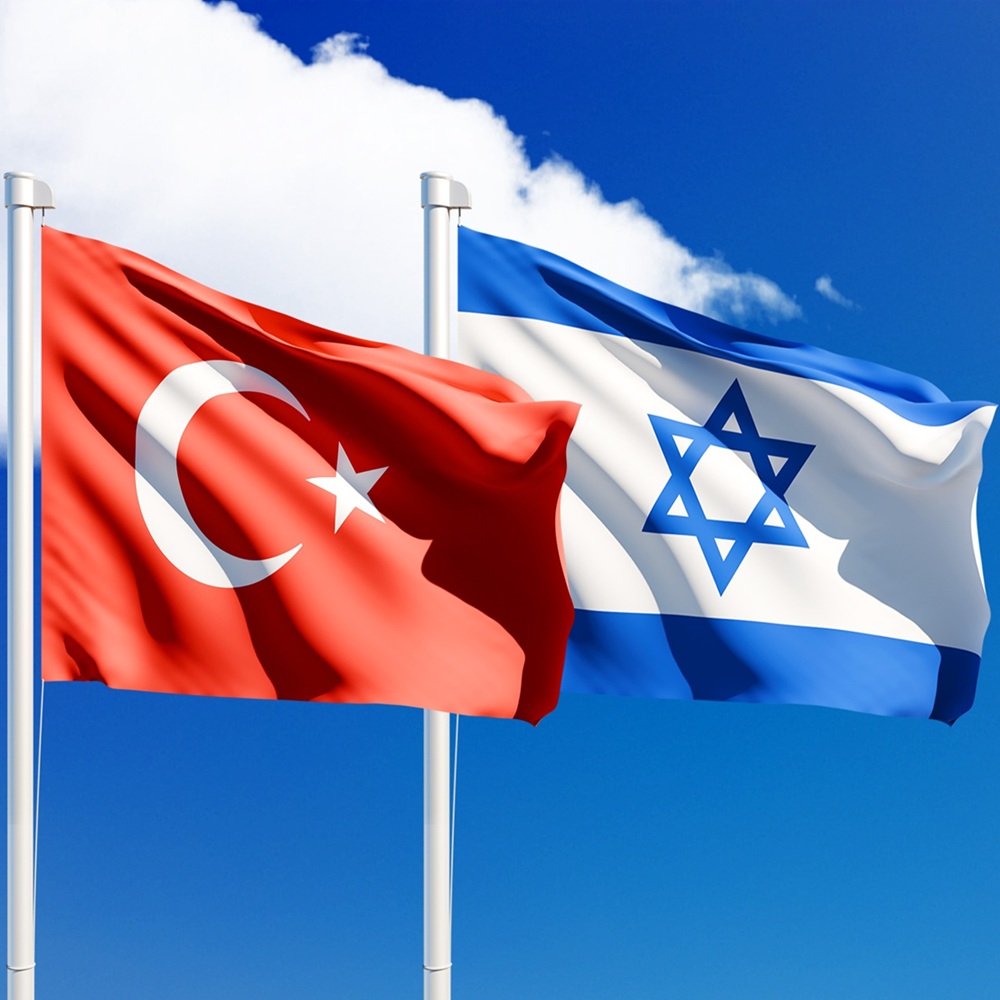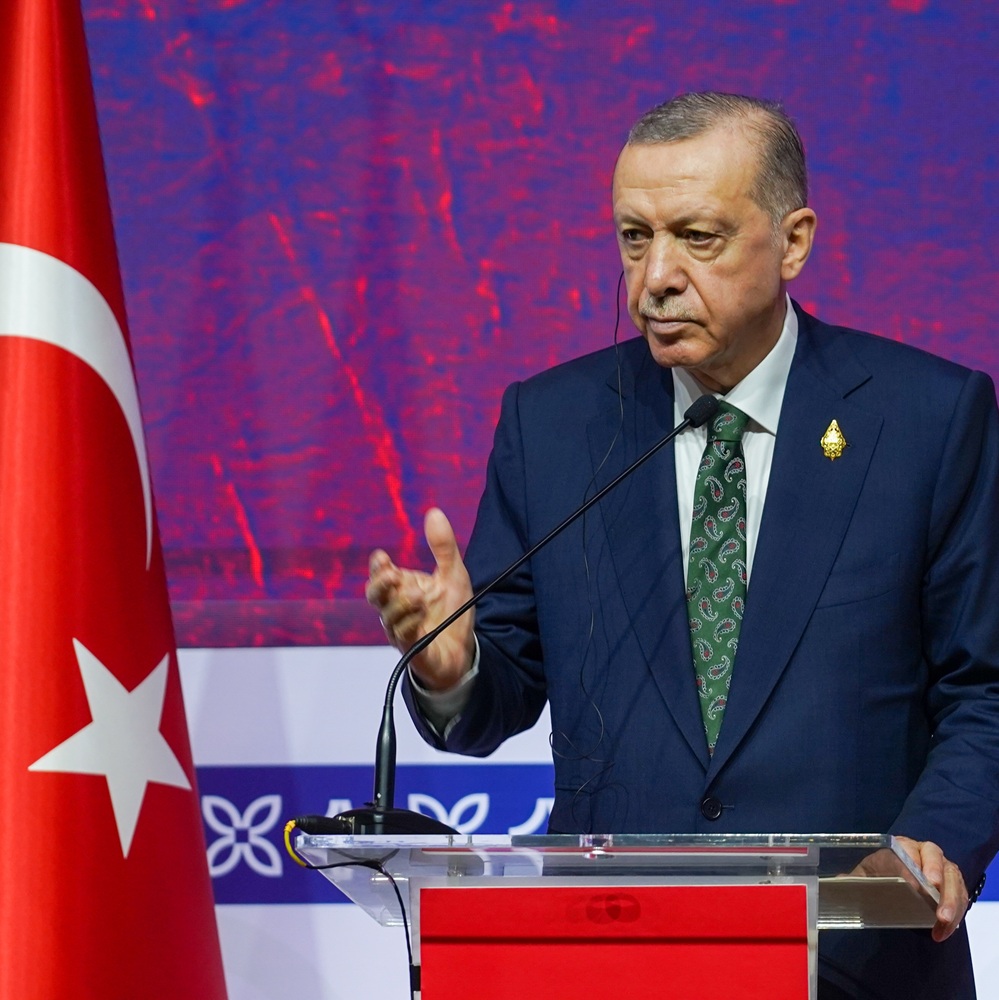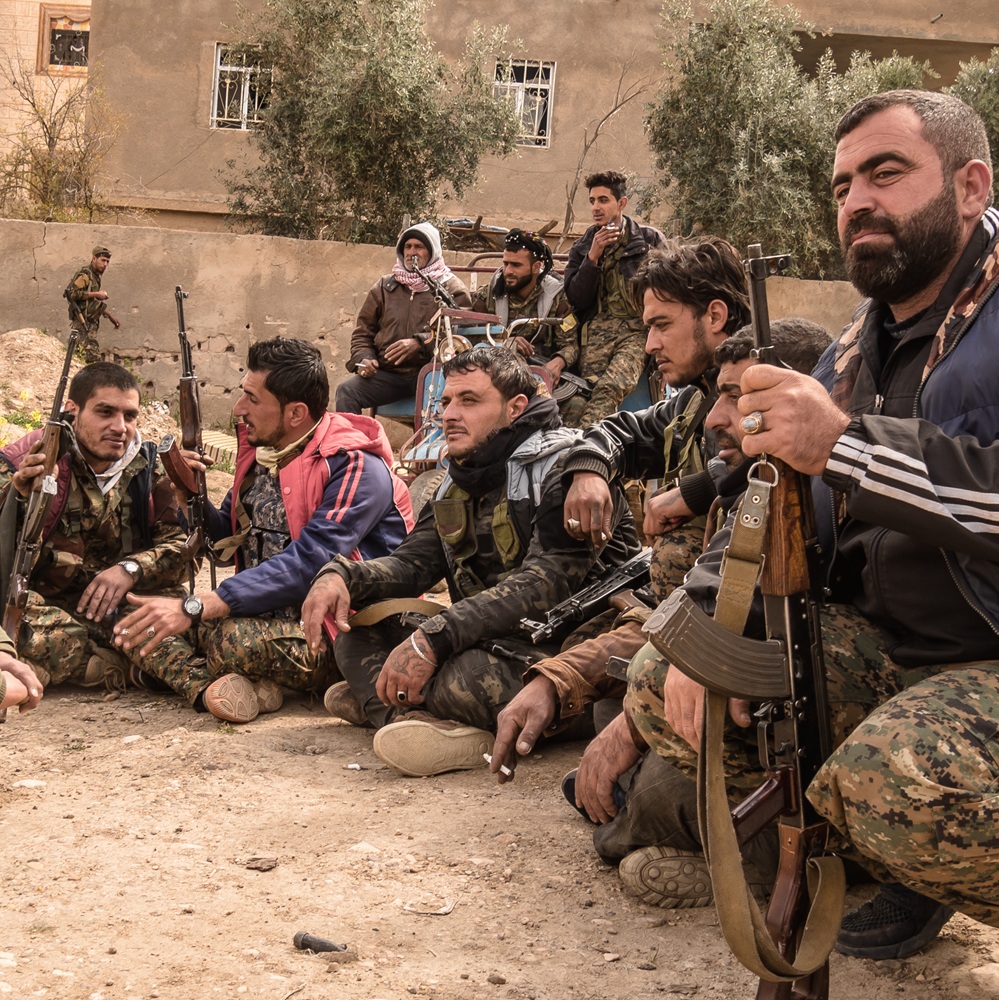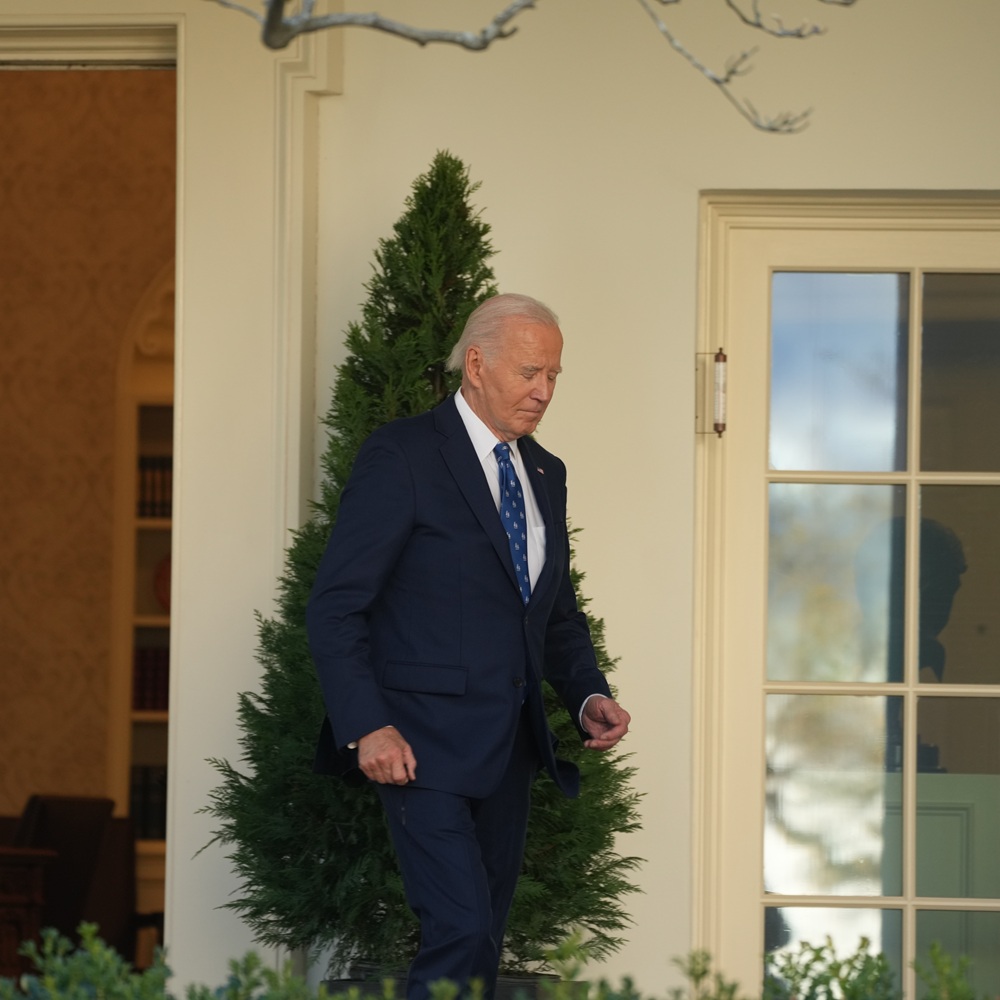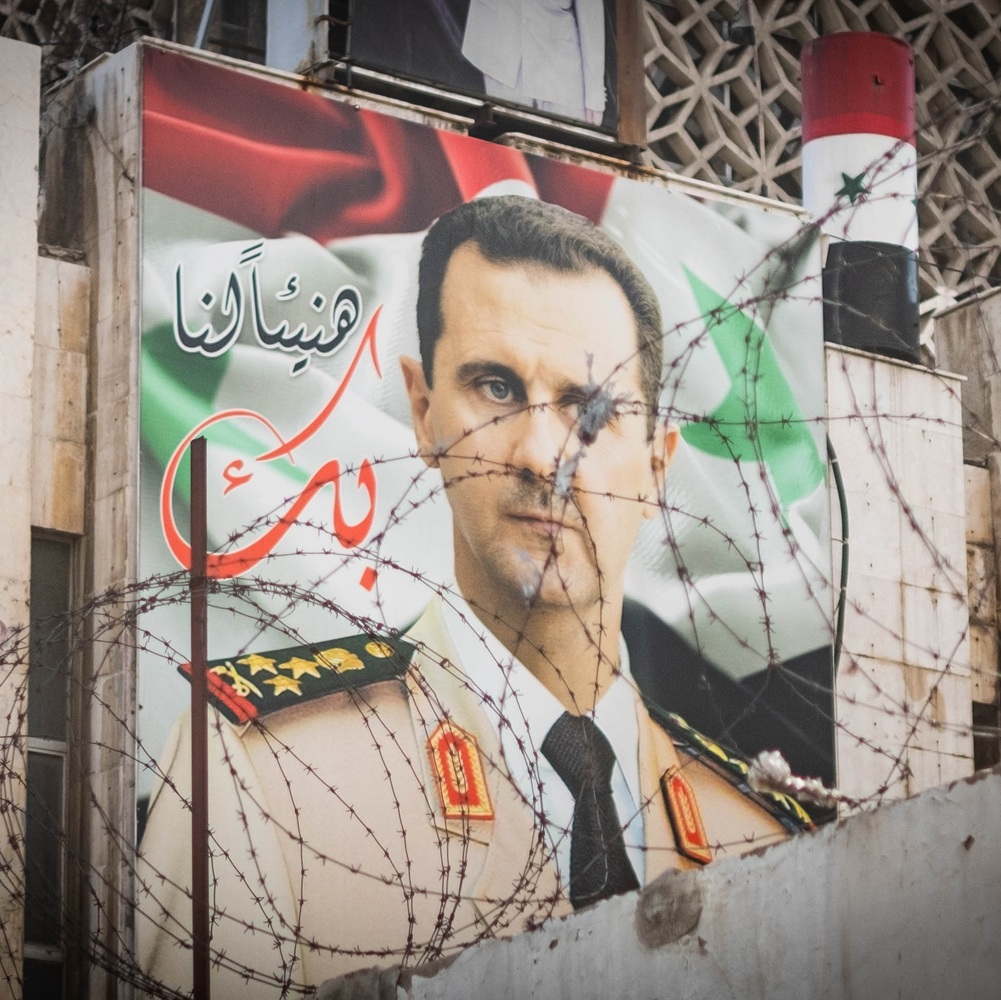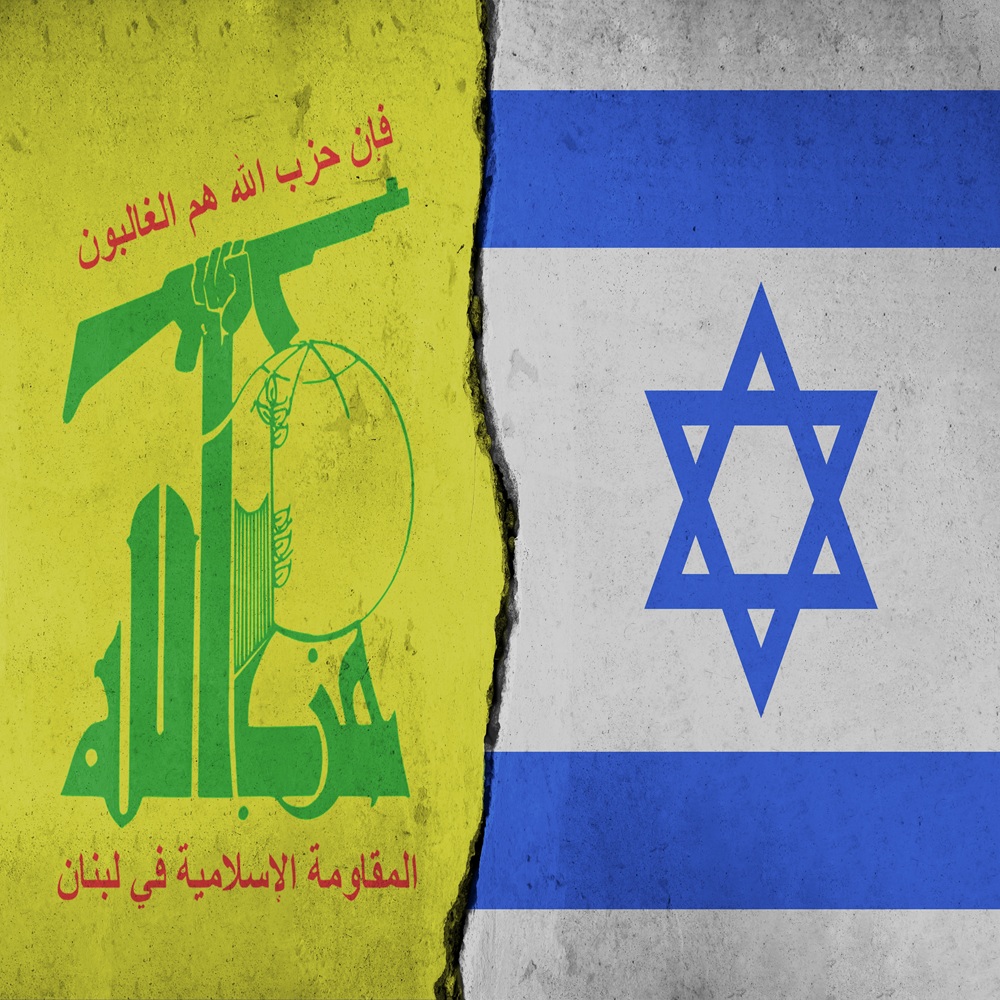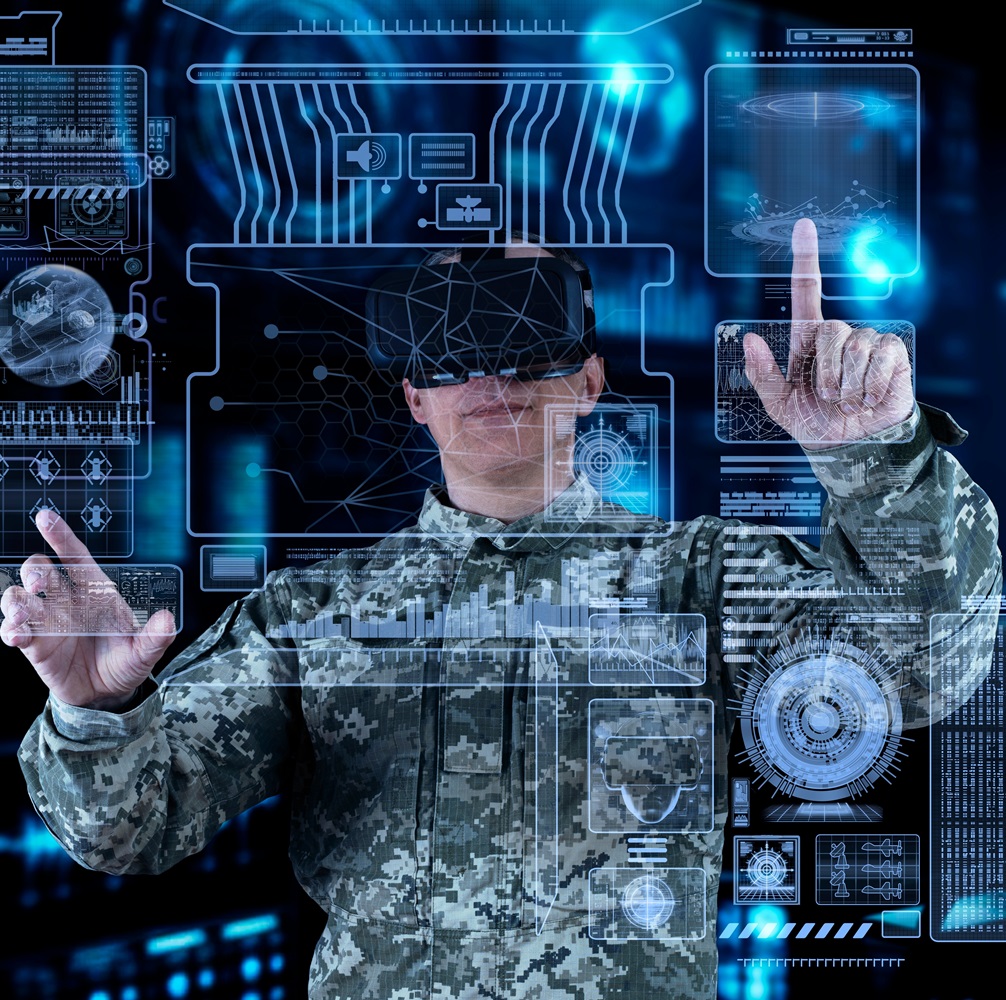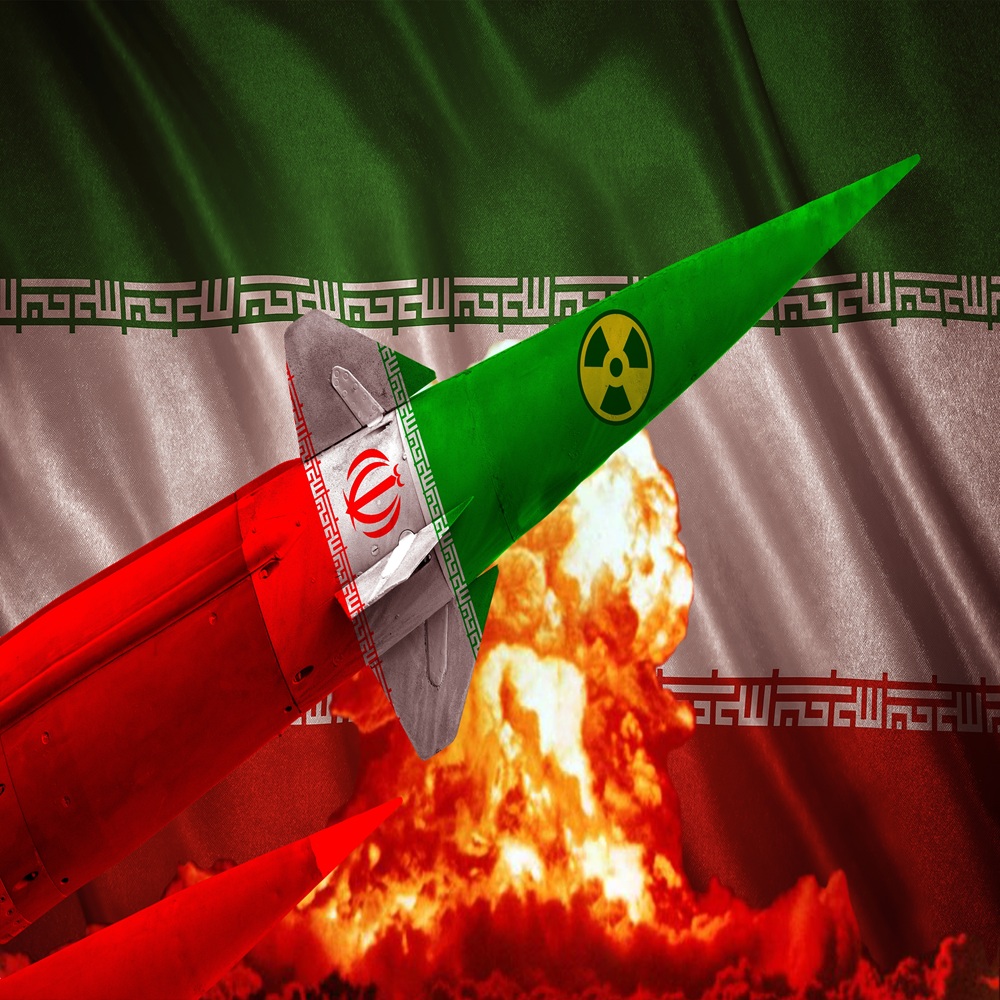
Iran’s Nuclear Ambitions under the Shah and Ayatollahs: Strikingly Analogous but More Dangerous
by Stephen McGlinchey , Jamsheed K. Choksy
한국어로 읽기 Leer en español In Deutsch lesen Gap اقرأ بالعربية Lire en français Читать на русском The Islamic Republic of Iran’s nuclear program has been an ever-present vexation in Western political discourse since its full extent was first revealed in 2002. The International Atomic Energy Agency (IAEA), United Nations Security Council, United States of America, European Union, and Israel have employed an ever-widening and steadily-strengthening combination of negotiations, sanctions, and threats in attempts to rein in Iran’s atomic ambitions. Yet, and the severe impact of international actions upon on their nation’s economy notwithstanding, the Islamic Republic’s leaders have not been persuaded to limit the scope of nuclear activities or grant the IAEA enhanced oversight of the program.[1] Not always placed within the context of the Islamic Republic’s actions is that Iran’s nuclear quest began in 1973 while Iran was a Cold War ally of the US. The seeds had been sown more than a decade earlier, when the Tehran Research Reactor was provided by Washington in 1959. Then, as now, it seems Iran was pursuing nuclear weapons capability in tandem with and under the guise of a civilian nuclear program.[2] Much like the ayatollahs today, Shah Mohammad Reza Pahlavi denied such intentions – claiming Iran was only pursuing nuclear energy in accordance with its rights as a signatory of the Treaty on the Non-Proliferation of Nuclear Weapons (NPT). So, re-examining motivations and developments from before the Islamic Revolution can cast light upon contemporary events despite differences between the two Iranian regimes. The Shah’s Intensions During the 1970s just as now, Iran’s quest to become a nuclear power was rooted at least partially in the regional dynamics of its location between South Asia and the Middle East. The shah envisioned his nuclear program as a response to atomic efforts by India, Pakistan, and Israel. He even hinted in June 1974 that the national security of Iran may be best served by possessing a nuclear deterrent: “If in this region each little country tries to arm itself with armaments that are precarious, even elementary, but nuclear, then perhaps the national interests of any country at all would demand it do the same.” The shah did add, to placate his international allies, “But I would find that completely ridiculous.”[3] Nonetheless, other nations were suspicious based on imperial Iran’s growing appetite for sophisticated weapons and the shah’s harkening back to the nation’s historical hegemony. So the possibility of Iran harboring nuclear weapons ambitions came sharply into international focus when the shah asserted that possibility to a French journalist in June 1974. Asked if Iran would one day possess a nuclear weapon like India had just one month previously, the shah declared: “Without any doubt, and sooner than one would think.”[4] Nuclear weapons require sophisticated targeting and delivery systems. At the present, with years of sanctions in place, the regular Iranian Navy and its Islamic Revolutionary Guard Corps (IRGC) counterpart have been forced to innovate, rather successfully, in domestically enhancing maritime nuclear warfare capabilities.[5] In January 1975, however, the shah sought to purchase such nuclear-capable technology. Seeking to push through a deal for nuclear submarines from France, Iranian negotiators even claimed the administration in Washington had “been hinting that the U. S. might sell them.” US Secretary of State Henry Kissinger learned of this from French Presidential Secretary General Pierre Brousalette. Understandably concerned, Kissinger responded pointedly and repeatedly that the Iranian claim was “inconceivable … I’m 99.9% sure.”[6] Purchasing nuclear submarines would violate the multi-billion dollar US-Iran arms agreement forged in May 1972 when President Richard Nixon allowed the shah to purchase any weapons he wished from the US short of nuclear weapons and associated technology. Another warning sign was spotted in May 1975 when the shah sought to purchase six battalions of Lance surface-to-surface missiles from Washington. The US administration under President Gerald Ford worked through Secretary of State Kissinger to discourage Iran’s plan because “DOD [Department of Defense] does not consider the Lance a cost-effective weapon when used with a conventional warhead. Congressional critics of our arms sales to Iran would tend to link Iran’s purchase of the Lance with its nuclear development plans.”[7] Again, the parallel with modern day developments as the IRGC produces and seek to purchase missiles capable of carrying nuclear payloads should not be overlooked.[8] Offers and Counter-Offers Undeterred by mounting international concern over his nuclear program, Shah Mohammad Reza Pahlavi even proposed acquiring six to eight reactors from American suppliers plus more from French and German companies. His stated aim was to meet domestic energy requirements through atomic fission thereby reserving Iran’s petrochemical wealth for export to energy-hungry foreigners. At first glance, the proposal seemed like a win-win situation for everyone. Moreover, as the US government’s production of enriched nuclear fuel began reaching full capacity and plans were made to assemble a private sector consortium to add further capacity, the shah offered to purchase a 30 percent stake. The gesture was significant, as other interested parties had proven reluctant to commit significant funds. Iran eventually loaned US $1.18 billion to the French Atomic Energy Commission and was slated to acquire a 10 percent stake in the French Eurodif uranium enrichment plant. Although that stake did not materialize, the Islamic Republic remains an indirect investor through a Franco-Iranian consortium.[9] At that time during the Ford Administration (1974–1977), however, alarm in Washington over nuclear proliferation resulted in a provision that Tehran would have to relinquish reprocessing of atomic fuel to a multilateral conglomerate or allow direct American oversight within Iran.[10] The shah denounced those conditions as discriminatory because Iran was a member of the NPT and therefore entitled to nuclear technology for civilian purposes. The situation bears an uncanny resemblance specifically to events in 2009 when the fuel swap proposal from the five permanent members of the UN Security Council and Germany failed to win Supreme Leader Ayatollah Ali Khamenei’s approval and broadly to the vexed history of failed attempts at nuclear safeguards for Iran.[11] The IAEA, US, and EU estimate that the Islamic Republic’s stockpile of 20 percent enriched uranium far exceeds needs of the Tehran medical research reactor for many years to come.[12] Likewise, during the Ford Administration, the US Department of State reported that the shah’s planned electricity generating capacity of 23,000 megawatts went well beyond all projections of Iran’s domestic energy needs. The report therefore concluded that Iran’s motives were “not entirely clear” and seemed to be propelled at least in part by a desire to develop nuclear weapons.[13] As a result, negotiations continued to falter over the reprocessing issue until President Jimmy Carter reached a provisional agreement on the issue with the shah in 1978. Yet, whether the shah would have honored the agreement will never be known for he was overthrown the following year. It is likely, however, that Iran would have ended up confronting the West generally and the US specifically over its nuclear program even if the shah had remained on the throne and continued to be an American ally. Indeed, the shah’s thinly-masked quest for nuclear power was apparent to officials who served him, even as Western governments remained uncertain of the end game as they now seem to be with the ayatollahs. Minister of Court Asadollah Alam wrote in his diary on 29 November 1975 that the shah’s scheme “though he denies it, probably includes our manufacturing of a nuclear deterrent.”[14] Akbar Etemad, the shah’s chief atomic energy adviser, was more definitive when interviewed after the Pahlavi dynasty had been ousted: “I always suspected that part of the shah’s plan was to build [nuclear] bombs.”[15] The Ayatollahs’ Aims Having experienced colossal military and civilian causalities during the Iraqi-triggered border war from 1980 and 1988, Iran’s leadership concluded that survival of their nation and regime were paramount. Like the shah before them, the ayatollahs turned to a nuclear program in the hope of assuaging those concerns. After the Islamic Republic reluctantly agreed to termination of hostilities with Iraq, Ayatollah Akbar Hashemi Rafsanjani laid the groundwork for the nuclear program’s recommencement. Even religious ideals which regarded nuclear and other weapons of mass destruction as haram or prohibited were cast aside. Speaking to the IRGC in October 1988, while serving as Speaker of Parliament, Rafsanjani advocated developing weapons of mass destruction “because the need for such armaments was made very clear during the [Iran-Iraq] war … [so] we should fully equip ourselves both in the offensive and defense use of chemical, bacteriological, and radiological weapons.”[16] Once a political consensus had been achieved in late 1988, Mohsen Rezai who commanded the IRGC, and now serves as Secretary of the Expediency Guidance Council, wrote to then Supreme Leader Ayatollah Ruhollah Khomeini requesting both religious endorsement and administrative permission for the revolutionary guards to initiate a nuclear weapons program. Mir Hossein Mousavi who served as Iran’s Prime Minister from 1981 to 1989 supported the request by Rezai and the campaign by Rafsanjani.[17] Although Supreme Leader Khomeini had initially been opposed to the atom’s might, they were able to sway Iran’s revolutionary founder into agreeing that “We have nothing against setting up atomic installations.”[18] So the Islamic Republic commenced fledgling steps toward nuclear power. Subsequently as two-term president of Iran from 1989 to 1997, Rafsanjani ensured Iran fully resumed its quest toward nuclearization. His presidential successors Seyyed Mohammad Khatami who held office from 1997 to 2005 and Mahmoud Ahmadinejad who has been in office since 2005 continued the energy and weapon programs set up by Rafsanjani, Rezai, and Mousavi. Khatami did suspend uranium enrichment in 2003 hoping to improve relations with the US, but legislative elections in 2004 saw resurgence of hardliners on the Iranian political scene and a recommitment to atomic goals.[19] Over the next two decades the Islamic Republic turned not only to its pre-revolutionary technology but also to foreign sources including A. Q. Khan’s illicit Pakistan-based network, North Korea, and the People’s Republic of China as it steadily built-up domestic nuclear capacity. On the political and ideological fronts, a convergence of self-preservation, nationalism, and suspicion of the West leads many Iranian leaders to embrace nuclear ambitions. Hence, like the Pahlavi dynast before it, the Islamic Republic of Iran is unlikely to abandon either nuclear power or the possibility of weaponization.[20] Indeed, negative responses to Ahmadinejad’s attempt to reach a nuclear fuel swap deal with the West in late 2009 are highly instructive. “The discussions in Geneva were really surprising … the hard work of thousands of [our] scientists would be ruined,” lamented Mousavi. Unsuccessful presidential candidate Seyyed Mehdi Karroubi accused Ahmadinejad’s administration of “trying to change its policies” rather than “observing national and religious interests.” Not to be outdone by other politicians, Iran’s Speaker of Parliament Ali Larijani claimed that “Westerners are insisting in a direction that suggests cheating us out of our nuclear rights.” Sensing the overall pro-nuclear sentiment within his administration, Supreme Leader Khamenei then expressed distain for compromise: “When we carefully look at the situation, we notice that they [the U.S. and its allies] are hiding a dagger behind their back.”[21] Present Mimics the Past with Graver Dangers Yet, the government of the Islamic Republic of Iran has consistently denied it seeks anything more than nuclear energy for peaceful purposes. But Supreme Leader Khamenei’s unconvincing words that “We do not have nuclear weapons, and we do not intend to produce them,” are reminiscent of those by the last shah and his diplomats that “Iran is not thinking of building atomic weapons.” Such statements are directed at defusing the brewing storm in Washington, London, and Jerusalem rather than for domestic policy-makers, however. Indeed, and contrary to claims of peaceful intentions, Khamenei has threatened repeatedly by declaring “Iran will respond with the same level of power,” the shah’s regime too left open the possibility of assembling nuclear warheads by claiming “the regime may revise its policy if other non-nuclear nations do.”[22] There is an essential difference in such rhetoric, however, for the shah was not threating the US, EU, Saudi Arabia, Israel, or any other nation with preemptive or retaliatory attacks nor sponsoring terrorism. So unlike the shah, much of the pressure Iran faces is a direct consequence of the confrontational positions taken by its leaders. Nuclear weapons fitted well with the shah’s ideas of deterring external adversaries and strengthening his hold on power at home, just as similar ideas motivate the ayatollahs who run the Islamic Republic to continue enhancing their nuclear program. If the shah’s pattern of obfuscation between 1973 and 1979 is any indicator, it is unlikely that Iran’s current leaders will meet NPT obligations – even at great socio-economic cost to their citizens and fever-pitch global consternation. Worse, unlike the royal regime whose tyranny inside Iran set a model for that of the Shi‘ite clergymen, the Islamic Republic has come to be associated with threats and violence beyond its borders directed against nations and persons perceived as foes of theocratic rule. Moreover, unlike the shah, the Muslim theocrats who now govern seek to export their intolerant brand of fundamentalism to other nations with an avowed goal of “leading the world.” Equally problematic, they speak of “sharing nuclear knowledge and technology” – thereby further undermining the NPT and possibly even global stability.[23] For the ayatollahs who hold power by force at home and seek to dominate the world stage through terror abroad, nuclear weapons would serve as the ultimate deterrent against punitive consequences, international adversaries, and externally-imposed regime change. Consequently, as the shah did in the 1970s, Iran’s current leaders undoubtedly view acquisition of nuclear technology as a self-servingly rational decision even at the expense of alienating Iran from other countries.[24] Western nations, like Iran’s Arab and Israeli neighbors, were wary of the shah’s motives. Now they are downright fearful of the ayatollahs’ intentions. Even the US with its formidable military resources may only be able to set back Iran’s nuclear plans by a few years if Washington feels compelled to attack. The basic dilemma confronting nations that seek to halt the Islamic Republic’s progress toward atomic power is that rational choices do not always indicate levelheaded decision-makers. Like the shah before them, the ayatollahs resort to political paranoia on the domestic and international fronts as part of their rationale for espousing nuclear technology.[25] Yet unlike the shah’s program coming to a halt through regime change, those opposed to the Islamic Republic of Iran reaching and crossing the nuclear threshold cannot place hope on a new government emerging in Tehran anytime in the near future. The text of this work is licensed under a Creative Commons CC BY-NC 4.0 license. For proper attribution, please refer to the original source. [1]. Jamsheed K. Choksy, “More Documentation of Iran’s Relentless Pursuit of Nukes,” Forbes (7 November 2011), http://www.forbes.com/sites/realspin/2011/11/07/more-documentation-of-irans-relentless-pursuit-of-nukes/. [2]. Abbas Milani, “The Shah’s Atomic Dreams,” Foreign Policy (29 December 2010), http://www.foreignpolicy.com/articles/2010/12/29/the_shahs_atomic_dreams. [3] . US Department of Defense, “US Embassy Paris Cable 15445 to Department of State, Further Remarks by Shah on Nuclear Weapons,” (25 June 1974), http://www.gwu.edu/~nsarchiv/nukevault/ebb268/doc01b.pdf. [4]. US Department of Defense, “US Embassy Paris Cable 15305 to Department of State, Interview with Shah,” (24 June 1974), http://www.gwu.edu/~nsarchiv/nukevault/ebb268/doc01a.pdf. [5]. Jamsheed K. Choksy, “Why Iran’s Blue-Water Naval Ambition Matters,” The American Interest, (5 August 2011), http://blogs.the-american-interest.com/middleeast/2011/08/05/why-irans-blue-water-naval-ambition-matters/. [6]. US Department of State, “Teleconference: Henry Kissinger and Pierre Brousalette, KA13128,” (8 January 1975), http://foia.state.gov/documents/kissinger/0000D9F4.pdf. [7]. The Digital National Security Archive, “Sidney Sober, Your Meeting with the Shah at Blair House, Confidential Briefing Memorandum to Secretary of State Henry Kissinger,” (9 May 1975), http://www.liveleak.com/view?i=6a6_1181429741. [8]. Michael Elleman, “Iran’s Ballistic Missile Program,” Iran Primer (Washington, DC: US Institute for Peace, 2012), http://iranprimer.usip.org/resource/irans-ballistic-missile-program. [9]. Oliver Meier, “Iran and Foreign Enrichment: A Troubled Model,” Arms Control Association (January/February 2006), http://www.armscontrol.org/act/2006_01-02/JANFEB-IranEnrich. [10]. William Burr, “The History of Iran’s Nuclear Energy Program,” Bulletin of the Atomic Scientists (19 January 2009), http://www.thebulletin.org/web-edition/op-eds/the-history-of-irans-nuclear-energy-program. [11]. Arms Control Association, “History of Official Proposals on the Iranian Nuclear Issue,” (last updated March 2012), http://www.armscontrol.org/factsheets/Iran_Nuclear_Proposals. [12]. Olli Heinonen, “The 20 Percent Solution,” Foreign Policy (11 January 2012), http://www.foreignpolicy.com/articles/2012/01/11/the_20_percent_solution?page=full. [13]. William Burr, “A Brief History of US-Iranian Nuclear Negotiations,” Bulletin of the Atomic Scientists, vol. 65 (January 2009), pp. 24–25, http://bos.sagepub.com/content/65/1/21.full. [14]. Asadollah Alam, The Shah and I: The Confidential Diary of Iran’s Royal Court, 1969–1977 (London: I. B. Tauris, 1993) p. 453, http://www.amazon.com/Shah-Confidential-Diary-Irans-1968-77/dp/1845113721#reader_1845113721. [15]. Maziar Bahari, “The Shah’s Plan was to Build Bombs: Interview with Akbar Etemad,” New Statesman (11 September 2008), http://www.newstatesman.com/asia/2008/09/iran-nuclear-shah-west. [16]. Institute for Science and International Security, “Nuclear Iran: Nuclear History,” http://www.isisnucleariran.org/nuclear-history. For a similar statement in December 2001, see Kasra Naji, Ahmadinejad: The Secret History of Iran’s Radical Leader (Berkeley: University of California Press, 2008), pp. 118–119, http://www.amazon.com/Ahmadinejad-Secret-History-Radical-Leader/dp/0520256638#reader_0520256638. [17]. Erich Follath and Holger Stark, “The Birth of a Bomb: A History of Iran’s Nuclear Ambitions,” Der Spiegel (17 June 2010), http://www.spiegel.de/international/world/0,1518,druck-701109,00.html; and Naji, Ahmadinejad, p. 117. [18]. Harold J. Salemson and Tony Hendra, eds., Sayings of the Ayatollah Khomeini: Political, Philosophical, Social, and Religious (New York: Bantam Books, 1985), p. 17; and Naji, Ahmadinejad, p. 117. [19]. Karl Vick, “Iran’s Gray Area on Nuclear Arms,” Washington Post (21 June 2006), http://www.washingtonpost.com/wp-dyn/content/article/2006/06/20/AR2006062001584.html; and Naji, Ahmadinejad, p. 119; and Ray Takeyh, Guardians of the Revolution: Iran and the World in the Age of the Ayatollahs (New York: Oxford University Press, 2009), p. 247. [20]. Jamsheed K. Choksy and Carol E. B. Choksy, “A Nuclear Iran is Inevitable,” Forbes (19 March 2010), http://www.forbes.com/2010/03/19/iran-nuclear-sanctions-opinions-contributors-jamsheed-and-carol-choksy_2.html. [21]. Reported by Khaleej Times (29 October 2009), http://www.khaleejtimes.com/DisplayArticle09.asp?xfile=data/middleeast/2009/October/middleeast_October795.xml§ion=middleeast; Yahoo News (8 November 2009), http://news.yahoo.com/s/nm/20091108/wl_nm/us_iran_karoubi; Press TV (24 October 2009), http://www.presstv.ir/detail.aspx?id=109516§ionid=351020104; and Washington Post (4 November 2009), http://www.washingtonpost.com/wp-dyn/content/article/2009/11/03/AR2009110301397.html?sub=AR. [22]. US Department of Defense, “US Embassy Tehran Cable 5192 to Department of State, Shah’s Alleged Statement on Nuclear Weapons,” (25 June 1974), http://www.gwu.edu/~nsarchiv/nukevault/ebb268/doc01c.pdf; and Mehr News Agency, “Iran will Respond to Any Attack at ‘Same Level’: Leader,” (20 May 2012), http://www.mehrnews.com/en/newsdetail.aspx?NewsID=1562963. [23]. Jamsheed K. Choksy, “Iran’s Global Ambitions – Part I,” Yale Global (13 September 2010), http://yaleglobal.yale.edu/content/irans-global-ambitions-part-i. [24]. Fareed Zakaria, “Interview with Gen. Martin Dempsey,” CNN GPS (19 February 2012), http://transcripts.cnn.com/TRANSCRIPTS/1202/19/fzgps.01.html. [25]. Ervand Abrahamian, Khomeinism: Essays on the Islamic Republic (Berkeley: University of California Press, 1993), pp. 111–131; reprinted as “The Paranoid Style in Iranian Politics,” Frontline: Tehran Bureau (27 August 2009), http://www.pbs.org/wgbh/pages/frontline/tehranbureau/2009/08/the-paranoid-style-in-iranian-politics.html.










